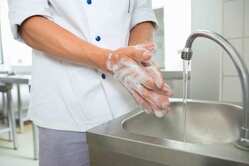 When the U.S. Centers for Disease Control (CDC) led a study investigating the various factors that contribute to the cross-contamination of food in restaurants, they found more frequent cases of contamination in businesses that were lacking food safety training and certification, as well as those without handwashing policies. Contamination risks were present in restaurants that didn’t require manager certification or train workers in food safety, for example. As for handwashing, the risk for contamination was greatest in restaurants that didn’t have policies detailing where, when and how often to wash hands, or on the need to minimize bare-hand contact with ready-to-eat foods. Unfortunately, 60 percent of the foodborne illness outbreaks reported to the CDC each year connect back to restaurants, so it’s worth zeroing in on these areas if improving food safety is on your list of priorities this year. Having a staff discussion about handwashing is something a restaurant manager can do right away to help lower a restaurant’s risks – particularly at a time when seasonal viruses are common. 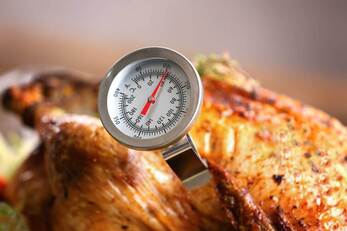 ‘Tis the season for heavier meals – and for many people, holiday celebrations involve having a ham, roast, turkey or other animal protein at the center of the table. If you’re offering proteins that you don’t normally feature on the menu, it’s a good time to talk with your kitchen team to review how to store these items safely during refrigeration, how to handle them safely during preparation, and steps to take to avoid cross-contamination of ingredients. You might also review the internal temperatures that various proteins need to reach for safe consumption, as well as how long various proteins can be left out before entering the temperature danger zone. 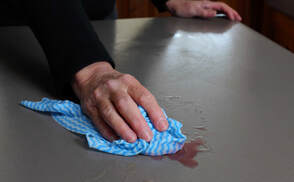 More than 60 percent of all foodborne disease outbreaks in the U.S. are caused by restaurants. If your restaurant has not, to your knowledge, caused a foodborne disease outbreak, that doesn’t mean it isn’t causing sporadic cases of illness that can occur outside of an outbreak. In a recent webcast from Food Safety Magazine, Hal King, managing partner of Active Food Safety, cited the example of one strain of Salmonella that the CDC traced backed to a single restaurant over the course of 10 years. The pathogen was on different surfaces around the restaurant over that period of time, causing sporadic illnesses there. If you hear of a guest becoming ill, consider it a warning sign about your food safety and a reason to investigate customer complaints you have received in the previous month. What patterns do you see that might help you zero in on problems in your processes? 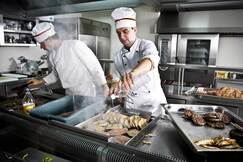 Ten to 15 percent of Americans identify as vegetarian or vegan, according to the Vegetarian Resource Group – and three-fifths of U.S. households now eat vegetarian at least on occasion. These figures represent an all-time-high, and they are likely to expand even further, considering half of all vegans are young adults in their 20s and 30s, according to research from Faunalytics. As more of your guests look for vegetarian or vegan options, what are you doing to avoid cross-contamination with meat? At a time when restaurants are scaling back on their real estate, it may be difficult to avoid grilling a veggie burger on the same surface as a beef burger. Some restaurant brands have even stepped away from calling their vegetarian items meat-free due to the possibility of cross-contamination. If you have more guests looking for purely vegetarian or vegan options, tools like PTFE baskets or mats may be able to help keep these items separate on the grill. 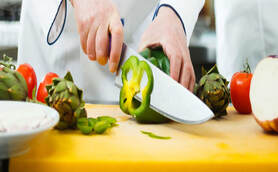 Your restaurant has likely had to make big changes to adapt to new consumer habits in the past few years. If you’re juggling a new mix of order streams, you may also be adjusting to new traffic patterns, as well as to new food preparation and service areas required to support changes to your business. This can create opportunities for cross-contamination, as well as missed temperature checks or overall quality checks. Make sure your food and safety training accurately reflects your work flow and – if your technology isn’t already helping to direct traffic – that your team knows how to respond to (and ensure the safety and quality of) orders coming from multiple sources. 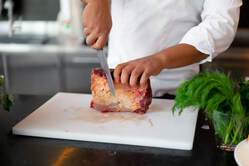 Cross-contamination can happen easily in a busy restaurant kitchen with staff juggling a variety of food preparation tasks. Making it as easy as possible to keep certain foods – particularly raw meat, seafood, poultry and eggs – separate from other foods can help minimize safety risks. That includes having separate containers for these foods when shopping for them/collecting them, having dedicated space on the lowest shelf of the refrigerator for storing the foods (and enclosing them in sealed containers), and using a separate, color-coded cutting board when preparing these foods for cooking. Reinforcing with staff that they must avoid washing these foods is important too, since the splatters can spread germs around the kitchen. 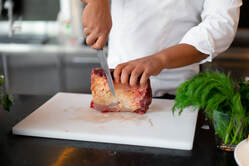 Restaurant operators have had to get creative in developing new streams of income in recent years – but the food safety practices that govern one area of the business may not sufficiently cover another. In fact, the recent Institute for the Advancement of Food and Nutrition Sciences' Annual Meeting and Science Symposium addressed food safety concerns associated with the rise of e-commerce, ghost kitchens, and delivery in food retail. For example, there are hundreds of vendors offering perishable meat products across the U.S., yet no federal regulatory oversight of these vendors and few barriers to entry for online meat and seafood vendors. A Food Safety Magazine report said consumers’ high level of trust many times does not correspond with the food safety precautions taken by the companies used for deliveries. Ghost kitchens, which often handles a wider range of cuisines and ingredients than an individual restaurant would, require extra vigilance when it comes to preventing cross-contamination. As you build new income streams into your business, how are you ensuring that the food safety culture you have developed in your restaurant also infuses these new paths between you and your customer? 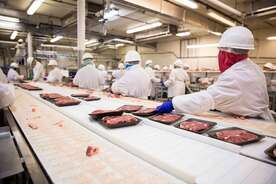 At a time when supply chain strains make it difficult to know if or when a key ingredient will arrive, there is even more reason for restaurant operators to turn to local suppliers for menu items. Just make sure to screen these suppliers for strong food safety practices, particularly if they are small or new businesses. Every supplier should be able to demonstrate its adherence to best food safety practices, including its protocols for preventing cross-contamination. Make sure you’re comfortable with their transparency and ability to trace a food item from its source to its delivery to you. Take care with deliveries and inspect every shipment for proper color, temperature and freshness. Throughout the past year, restaurants that once had buffet lines, salad bars and other self-service stations have had to reinvent them for the current environment – and those changes may be permanent. This has also resulted in the introduction of more action stations and grab-and-go options, as well as changes in how employees are assigned to tasks within the operation. It’s a good time to make sure your team is up to date on current safety precautions. They should understand how to maintain proper temperatures for hot- and cold-held foods, preheat foods for hot-holding, prevent cross-contamination when bringing in fresh food or serving a guest, and when to discard food that has been sitting out for service.
Your cutting boards can be accidental sources of cross-contamination – even if you’re just cutting produce. Clean and sanitize your cutting board after each use by first clearing the board of food particles, washing with warm, soapy water, rinsing, sanitizing and then drying – either with a clean cloth or by air dying. StateFoodSafety.com advises that any glass, plastic or stainless-steel boards be sanitized either in the dishwasher or with an FDA-approved sanitizer like chlorine, iodine or quaternary ammonium. Instead of using a dishwasher to sanitize marble or wooden boards, which can be damaged in the process, sanitize marble with chlorine and wood with quaternary ammonium.
|
subscribe to our newsletterArchives
April 2024
Categories
All
|
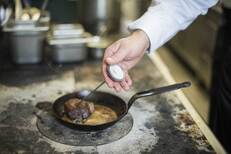



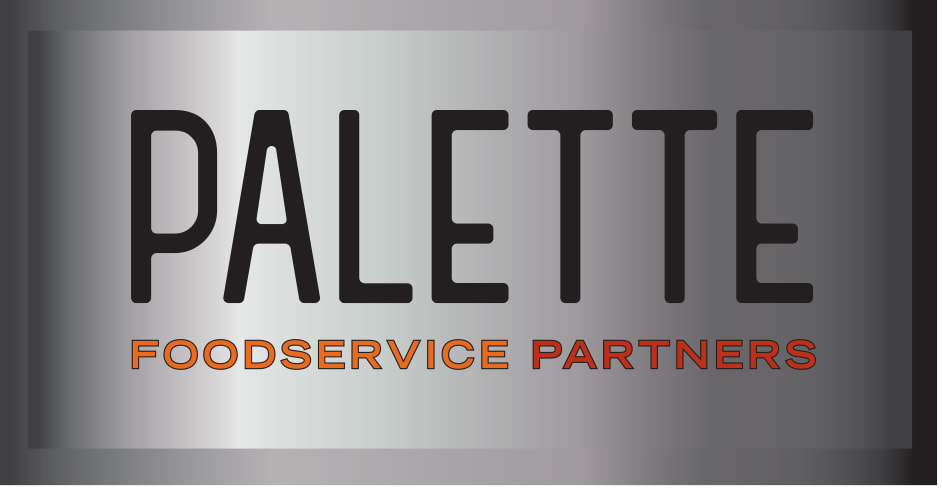
 RSS Feed
RSS Feed